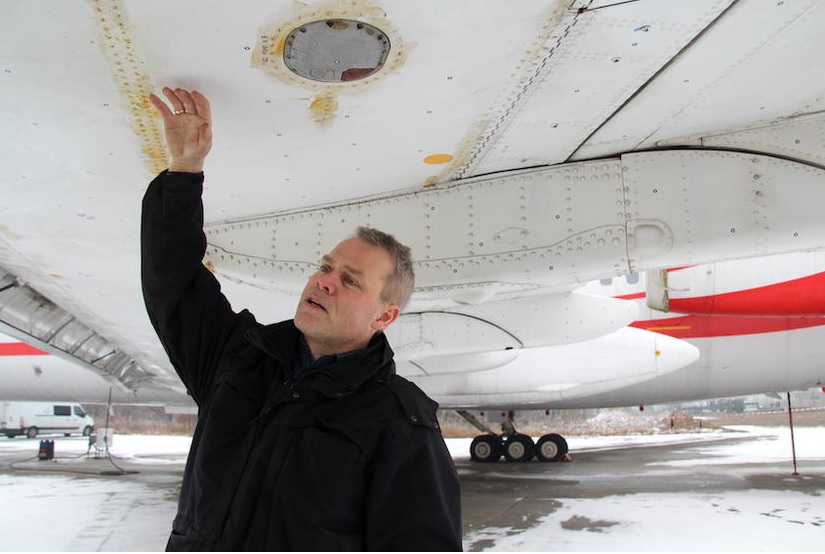Recommended:
- The Smolensk Conferences. A Preliminary Summary and Conclusion
- NEW STUDY: Putin's Russian inquiry into the Polish Air Force One crash in Smolensk
- 15 SIMPLE FACTS THE WORLD SHOULD KNOW
- Smolensk Reader's Digest. 23 pages, all the facts.
- Polish Military Intelligence was warned of a possible terrorist threat against one of the EU Member States' aircraft.
- Story behind the "1:24"
This is the most important American research center conducting research in the aviation industry. They work with all leading companies (including Boeing, Airbus, Embraer, Cessna, but also NASA and many, many others).
The work will be managed by Dr. Gerardo Olivares, a world-renowned computer simulation expert, head of the Crash Dynamic Lab at NIAR (a laboratory dealing with all dynamics research in aviation accidents).
His five-person team extremely meticulously scans the interior of the Tupolev plane (the machine was previously scanned from the outside) centimeter by centimeter (the precision of the device used for this work is 0.001 mm), detecting all subsequent layers, to reproduce every rivet and every screw used in the Russian construction.
The resultant model, along with the characteristics of the materials from which the aircraft is made, as well as taking into account the passengers and cargo that the government machine had on board on April 10, 2010, will allow to replay the last seconds of the flight and the disintegration of TU- 154M.
The Americans have been conducting such research for many years. Their analyses helped in the study of many disasters, and Dr. Olivares is the author of many scientific publications, including studies commissioned by the US government or the Federal Aviation Administration.
His team works closely with Prof. Wiesław Binienda and Prof. Glenn Jorgensen, members of the Polish subcommittee.
A year ago, the Americans conducted a study of the flight path of the TU- 154M door which plunged into the Smolensk ground to a depth of nearly 1 meter. Above all, however, the speed with which it had to move, to be damaged as seen in photographs from Smolensk, and stuck so deeply in the ground. The conclusion that came from their analysis was one - the door had to be pushed out by a large force operating from the inside of the plane, and not fall out due to the impact of the machine on the ground.
The research of the Americans in Minsk Mazowiecki will take a dozen or so days. The development of computer simulations in the US will take at least several months. Last Tuesday we had the opportunity to watch them and talk exhaustively to Dr. Olivares.
source: wpolityce.pl
photos: M.Czutko

Inside the twin Tu-154M model

Inside the twin Tu-154M model

Gerardo Olivares explaining research methodology used by NIAR

Inside the twin Tu-154M model

Inside the twin Tu-154M model

Inside the twin Tu-154M model

Inside the twin Tu-154M model

The twin Tu-154M model

Prof. Wiesław Binienda and Glenn Jorgensen

Glenn Jorgensen





